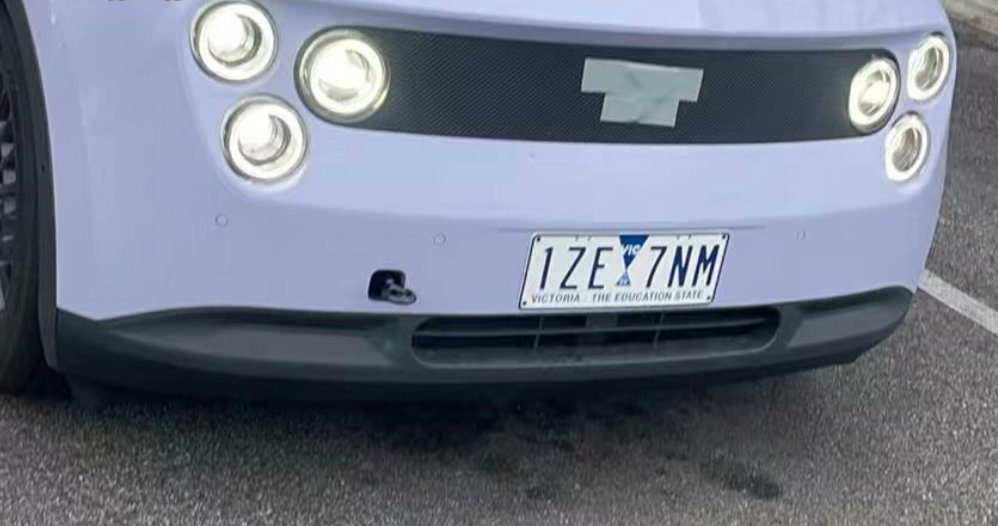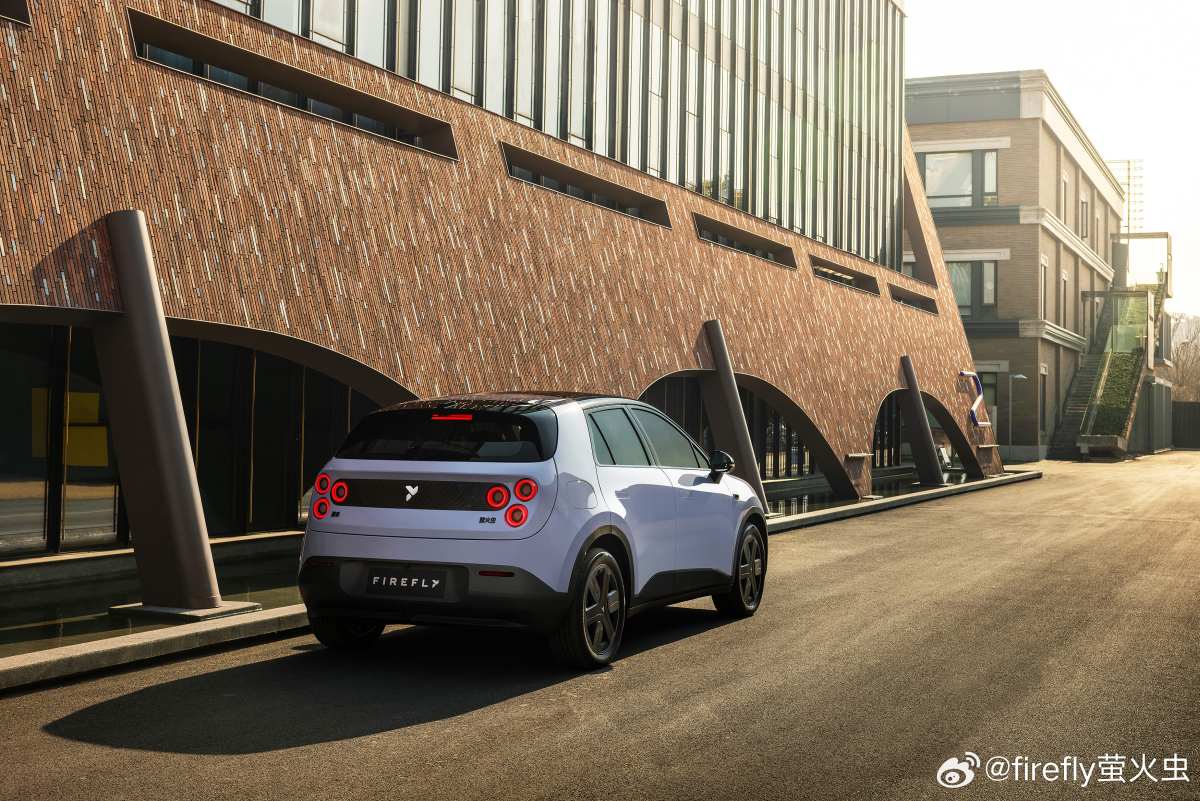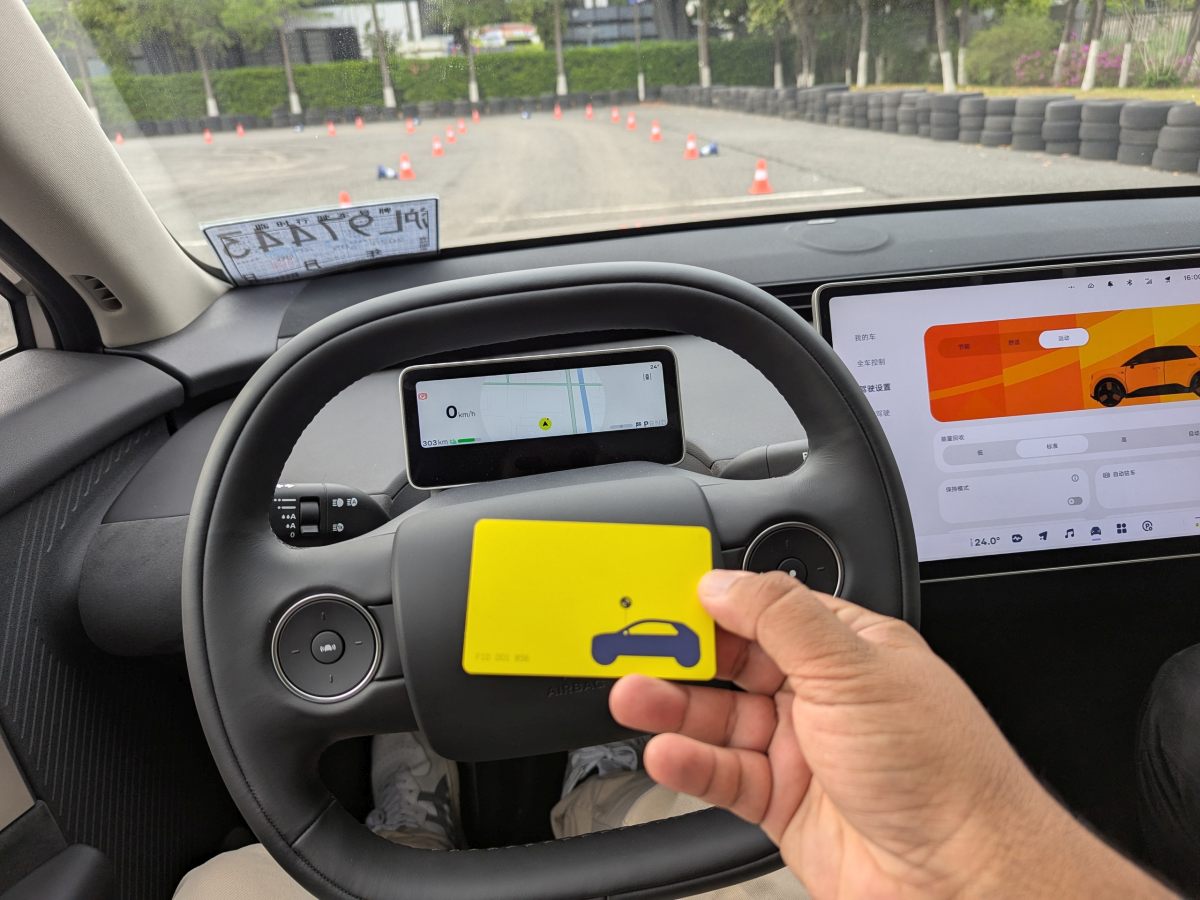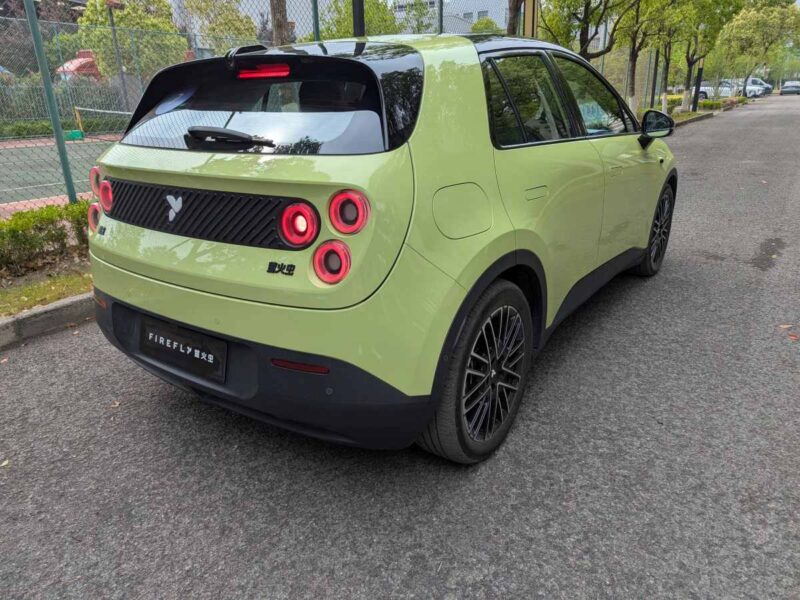Chinese EV innovator Nio, which specialises in electric cars that can swap their batteries, has received approval for its first battery-swap electric car in Australia, the Nio Firefly.
EV enthusiast Zappedau spotted this update and shared it on X, highlighting the imminent arrival of the Nio Firefly, and continuing the company’s rapid expansion around the world.
Australian owners, however, will have to be patient if they expect to do any battery swapping anytime soon, given there are no such stations yet available. The batteries can be charged in conventional fashion, however.
The Firefly will come into the Australian market with two variants, with tare weights of 1,467 kg and 1,492 kg respectively and will be powered by a rear-mounted 105 kW motor.
This configuration will help the just over 4 metre long hatchback be quite an engaging car to drive, as most hatchbacks are generally offered in front-wheel-drive configuration.
According to the approvals documentation, both variants will be coming with 18-inch wheels, which is slightly more than the 17-inch wheels commonly found on other electric hatchbacks in the market.
Last December, Nio, revealed its third brand, called the Firefly – to rival Mini, Smart, Renault and other electric hatchbacks – at the company’s annual Nio Day in Guangzhou, China.
The Firefly brand was put together to accelerate the company’s expansion into European and international markets.
Then in June this year, a lavender colour Nio Firefly was been spotted with Victorian number plates, in Melbourne.
The right-hand-drive car with the tri-daytime running lights was relatively easy to spot, given its unique looks.
That vehicle was likely an evaluation testing car which is used for local ride and handling, as well as advanced driver assistance system (ADAS) calibration.

This sighting excited a few enthusiasts, given that the Firefly with swappable battery technology will be the first vehicle of its kind to enter the Australian market.
The Firefly not only rivals existing premium electric hatchbacks, such as those from Mini, Smart, and potentially even the Volvo EX30, but it could also be the first of several upcoming Australian-bound vehicles from Nio and its subbrands in the coming years.
In China, the Firefly starts at the equivalent of $A25,700 and goes up to $A30,000. The Australian pricing is likely to be closer to $A40,000 when it lands.
For that price, drivers will get a fairly well-equipped electric hatchback, loaded with tech and more space than hatchback rivals, including a surprisingly large frunk.

The inclusion of the frunk, of course, is thanks to its rear-wheel-drive powertrain. Speaking of which, the motor on the Firefly has been designed in-house by Nio.
As mentioned earlier in the regulatory documentation, it delivers 105 kW, enabling the hatchback to reach a top speed of 150 km/h.
This motor is fed by a 42.1 kWh Lithium-Iron-Phosphate (LFP) battery pack, offering a CLTC range of 420 km.
That’s expected to be a lot closer to 340 km on the WLTP cycle, which is plenty for driving around the city and occasional out-of-town road trips.
I got a preview and a test-drive of the model in China in April, during which the Nio Firefly was quite zippy and fun to drive on a short driving test track in the outskirts of Shanghai.

With the swappable battery tech and friendly user interface (UI) on the inside, it will appeal to drivers who might not have previously considered an EV.
That could also be thanks to the unique design of the car with the tri-daytime running lights which is unlike any electric hatchback we have seen on the market.
The early test drive gave me an early impression of what’s to come from the brand as Nio takes its EVs to global markets at more affordable prices than the existing, more luxury models it sells in China and parts of Europe today.
Earlier this month, Nio’s founder William Li, took to X to share the milestones for the Firefly hatchback on a global scale, including first deliveries in Europe which began within the last fortnight.

Riz is the founder of carloop based in Melbourne, specialising in Australian EV data, insight reports and trends. He is a mechanical engineer who spent the first 7 years of his career building transport infrastructure before starting carloop. He has a passion for cars, particularly EVs and wants to help reduce transport emissions in Australia. He currently drives a red Tesla Model 3.

